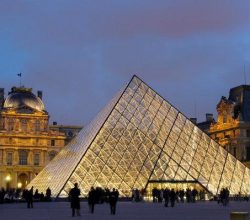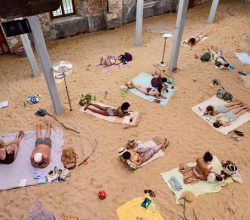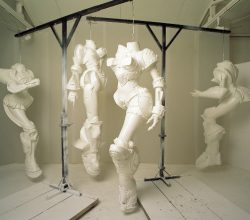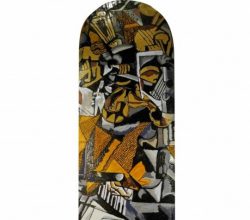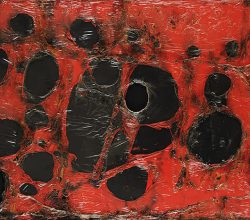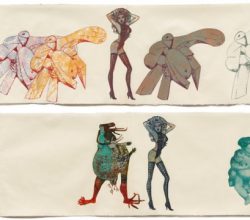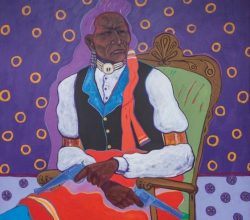
Stop Hating Jeff Koons
Roberta Smith | The New York Times | 17th May 2019
Jeff Koons sculptures irk many, perhaps because their “badness is a foregone conclusion”. This writer pushes back on such views. “He has changed sculpture… reviving it with different materials … brought color into sculpture with a new fierceness and complexity. The beauty of even his best works elicits a visceral, embarrassing object lust. Liking them can feel creepy.”

